- »2100« Berlin, 2022
- »Starry Night« Stockholm, 2020
- Group Exhibition »Geopoetics« Mexico City, 2020
- Group Exhibition »After Finitude« Mexico City, 2018
- »Naturgemälde« Berlin, 2018
- »Pale Blue Dot« Stockholm, 2016
- »Silent Spring« Berlin, 2014
- Group Exhibition »PAINT / IMAGE / BILD / FARBE« Berlin, 2013
- »New Painting« Stockholm, 2012
- cv-pf-2023_05.pdf
-
John Tremblay: Paul Fägerskiöld.1 April, 2021, Brooklyn, NY, in: Paul Fägerskiöld, Blue Marble, Kunstmuseum Thun, 2021
-
Katrin Sperry: The Symphony of Humanity, in: Paul Fägerskiöld, Blue Marble, Kunstmuseum Thun, 2021
-
Stefanie Hessler: Paul Fägerskiöld "Pale Blue Dot" at Galerie Nordenhake Stockholm, ArtReview, Summer 2016
-
Andreas Nilsson: Abstraction's Political & Infinite Range, Fredrik Roos Art Grant 2013: Paul Fägerskiöld, Moderna Museet Malmö, 2013

Paul Fägerskiöld, Untitled, 2019, oil on canvas with walnut frame, 241 x 307cm
Paul Fägerskiöld ,
Ximena Garrido-Lecca
»Geopoetics«
Mexico City, February 04, 2020 - April 25, 2020
“When we pitch camp, we pitch the camp in a circle. When we looked at the horizon, the horizon was in a circle. When the eagle builds a nest, the nest is in circle.” (1)
When I started to mix paint, one of my first hard-won experiences was trying to observe nature and paint it.
No one thing is a single colour. One field is never just one but many. The crown of a tree is not only green but a myriad of different greens, as well as hundreds of small interruptions, often too small to see or notice, let alone paint. But one notices the absence. The absence of those interruptions and broken-up surface.
In this exhibition I use the language of landscape painting. The formats, the paint, and the application of the paint and colours. But the shapes painted are simplified, unspecific, geographic, abstract, and somewhat arbitrary. Leaving a space between the language of depiction and what is actually pictured. In other words, painting a non-specific graphic form with a pictorial language traditionally used for figurative landscape painting.
What all the works in the show have in common is the impasto application. The surface is broken with thick brushstrokes and textures. I put a lot of old dry paint into the paint of the smaller works, making the surface topographical and geological. This makes the monochrome surface less static and even less monochromatic. Structured paint also makes the painting more material. The physical form of the immaterial image is very material and reveals its construction, showing the traces of its own production.
The large painting Flatland/Sphere is read physically. It is a painting painted with the most basic shape - minimalistic, non-specific. It moves from being experienced as an image at a distance to being exclusively itself upon closer interaction. Up-close, the edges disappear, and the curvature is perceived as either a horizon or a circular sky. In one of his lecture series, Joseph Campbell speaks about circles and spheres, and their meaning in myths and early cultures(1).
The spray-paintings are, in my mind, naturalistic paintings. They are painted in a way that resembles how a sea of greens, the crown of a tree, a foggy sky, or the ground on mars can be perceived. The paintings are not bound to represent a specific place, time, or situation; Instead, they are painted as liberated from time, place, and even gravity.
The title Geopoetry comes from Nature as well. Taken from one of the most essential papers which proposed the idea of continental drift, tectonic plates, and the cause of earthquakes and volcanic activity. It was written in the 60s by Harry Hess, who used the term geopoetry to encourage a poetic reading of the facts, in order to make it easier to understand and accept something that otherwise seemed too unreasonable and outlandish.
Paul Fägerskiöld, Stockholm, January 2020
(1) Your friend Jung, the great psychologist, says that the most powerful religious symbol is the circle. He says, “The circle is one of the great primordial images of mankind, that in considering the symbol of the circle, we are analyzing the self.” And I find you, in your own work throughout the course of your life, coming across the circle, whether it’s in the magical designs of the world over, whether it’s in the architecture both ancient and modern.
-----------------
Ximena Garrido-Lecca
Fields of Polarity is an installation consisting of broken ceramic pieces that have been wrapped in copper tape and re-welded to restore the shape of the original vessels. These ceramics are contemporary versions of pre-Columbian designs used for offerings in ceremonies and rituals. Electricity flows through the cracks of the welded ceramic pieces, connecting and illuminating the LED light tubes, and thus creating a continuous circuit between all the elements of the installation.
A solar panel generates the energy of this circuit with silicon cells. Silicon is also present in its dioxide form in the clay used to create the vessels. Silicon is the second most abundant element on Earth and an essential material in the world of contemporary technology, used as a semiconductor in almost all electrical device circuits.
In Peruvian mythology, Illapa (the god of thunder), kept vessels in the Milky Way filled with water. Illapa fired his sling to break the ceramics and thus create the rain. The breaking of pottery was what created thunder. The solar panel, which provides the energy, plays with the idea of the Sun as a deity or natural force; and the cracks in the ceramics evoke lightning.
The hybridized form of the installation creates a convergence between ancestral belief systems, the ritual value of objects and, the vocabulary of circuits, diodes, and microchips.
The duo exhibition is organized by Toni Sadurní Viñas, director and partner of Galerie Nordenhake Mexico
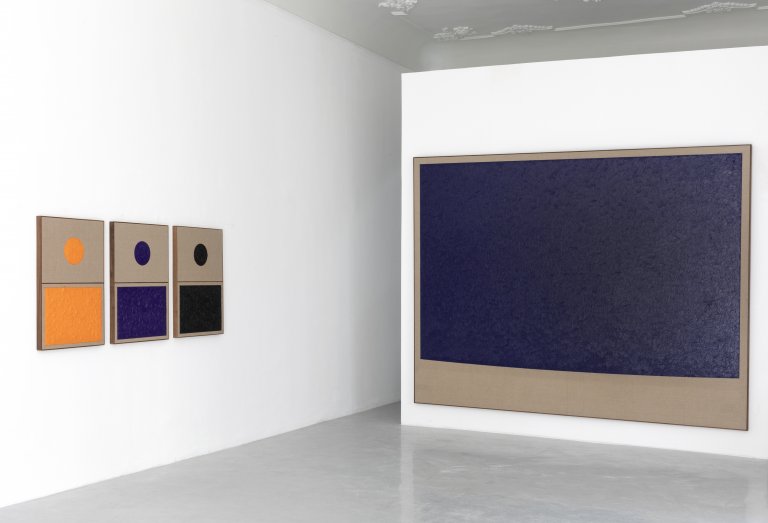
Installation view
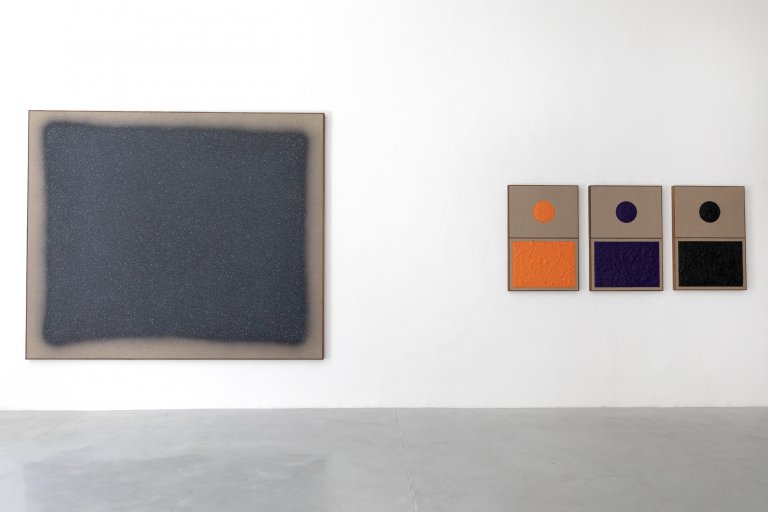
Installation view
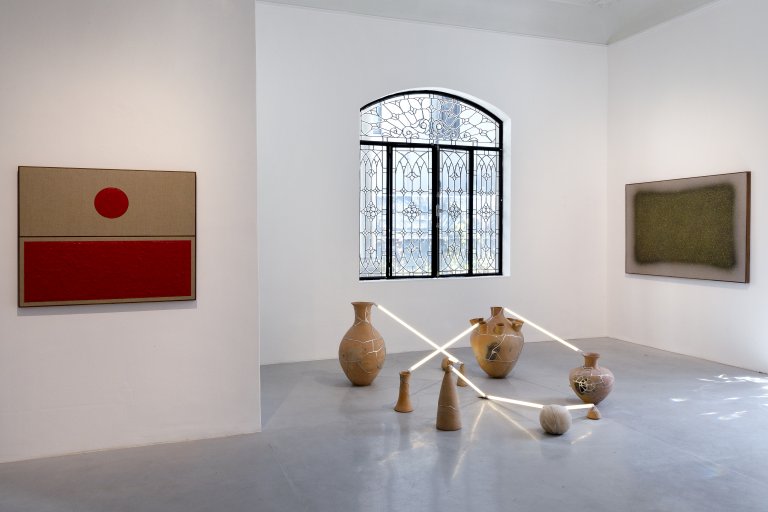
Installation view
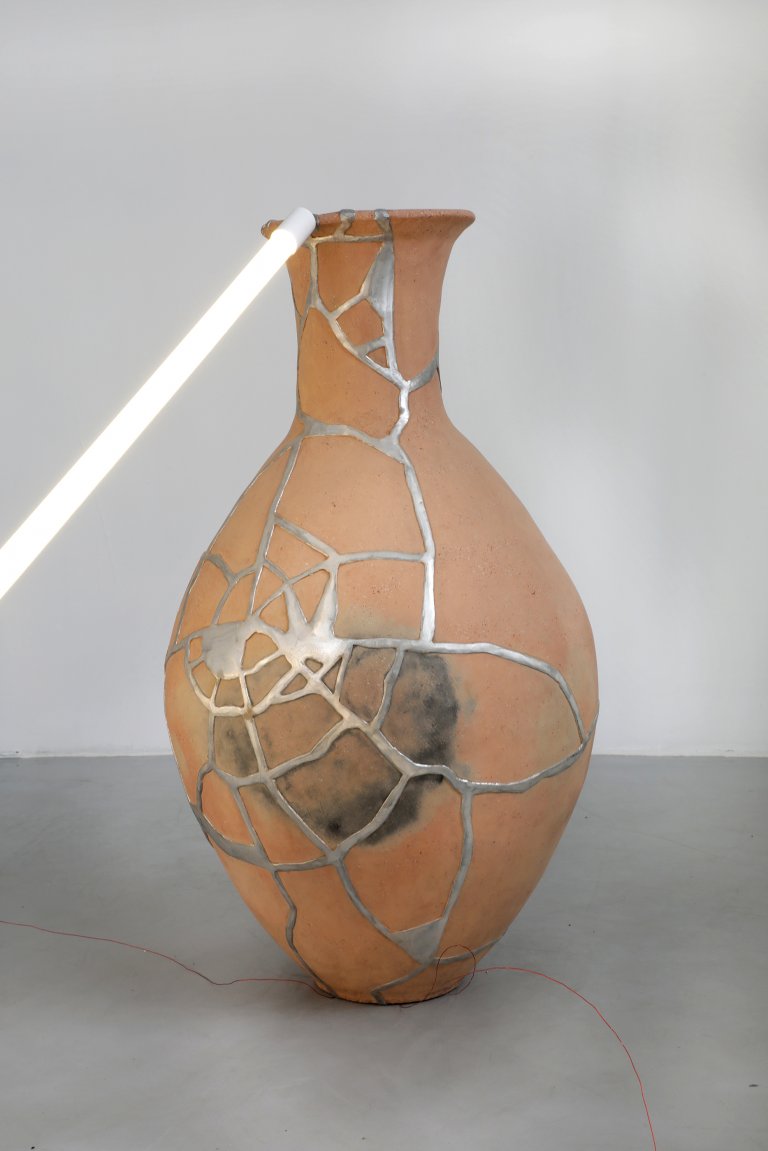
Ximena Garrido-Lecca, Fields of Polarity IV, 2019, detail
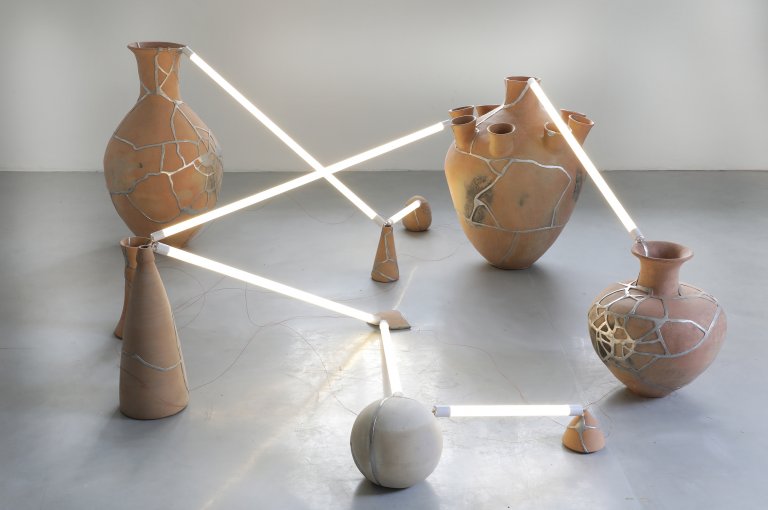
Ximena Garrido-Lecca, Fields of Polarity IV, 2019, ceramics, tin and lead welding, glass tubes with LED light, solar panel, variable dimensions
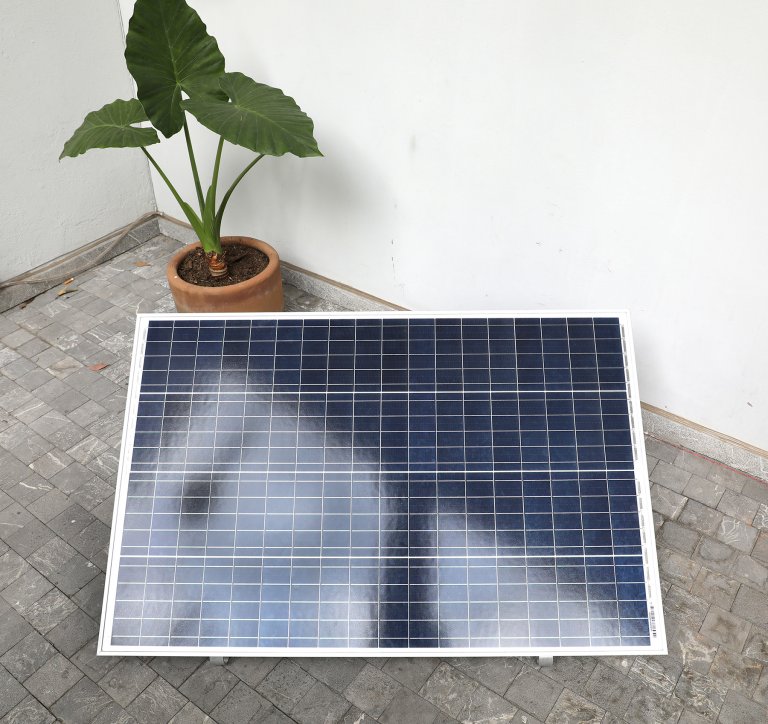
Ximena Garrido-Lecca, Fields of Polarity IV, solar panel generating energy for the LED, 2019
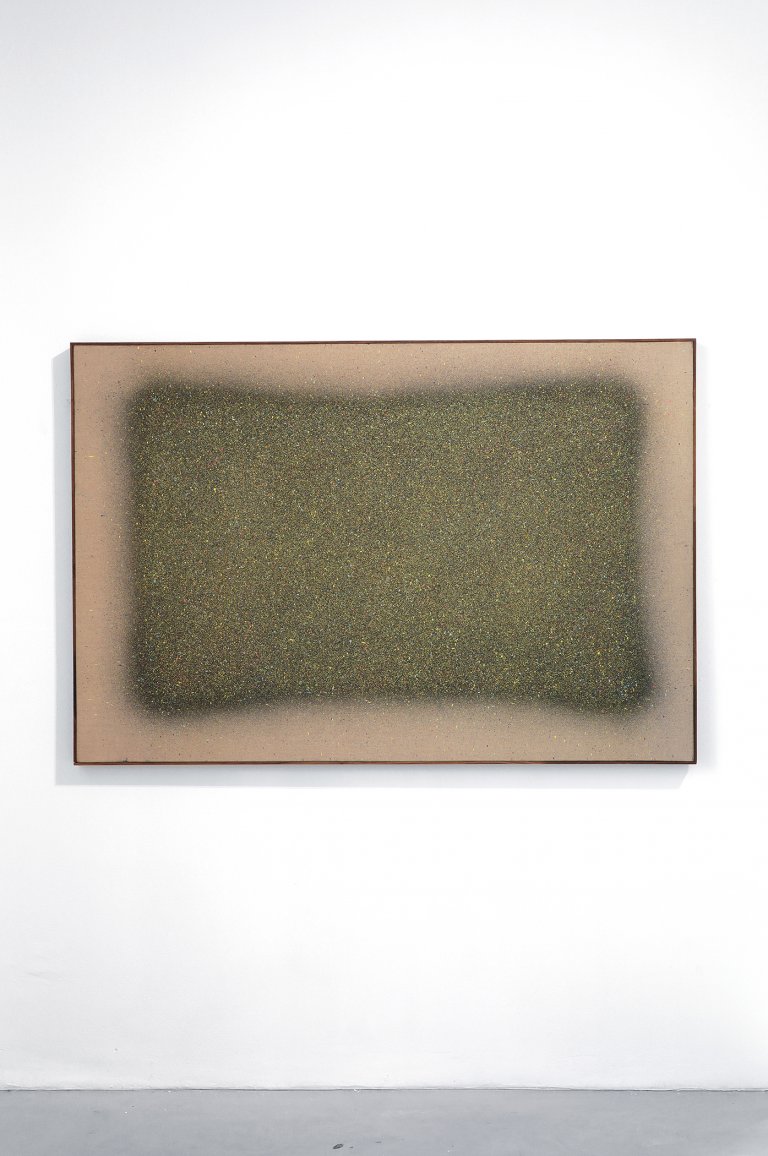
Paul Fägerskiöld, Untitled, 2019, acrylic on canvas with walnut frame, 115.5 x 170 cm
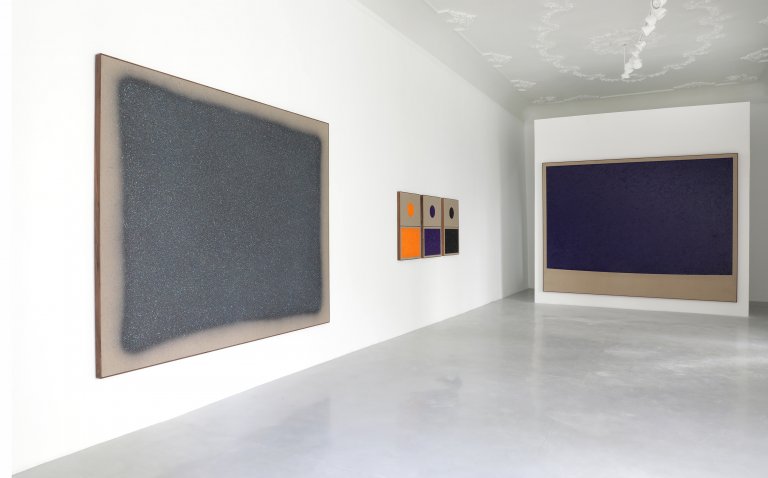
Installation view
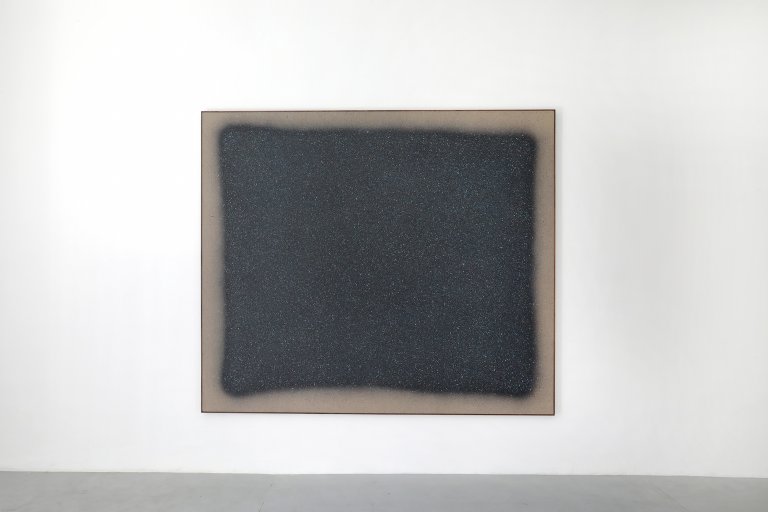
Paul Fägerskiöld, Untitled, 2019, acrylic on canvas with walnut frame, 202.5 x 241 cm
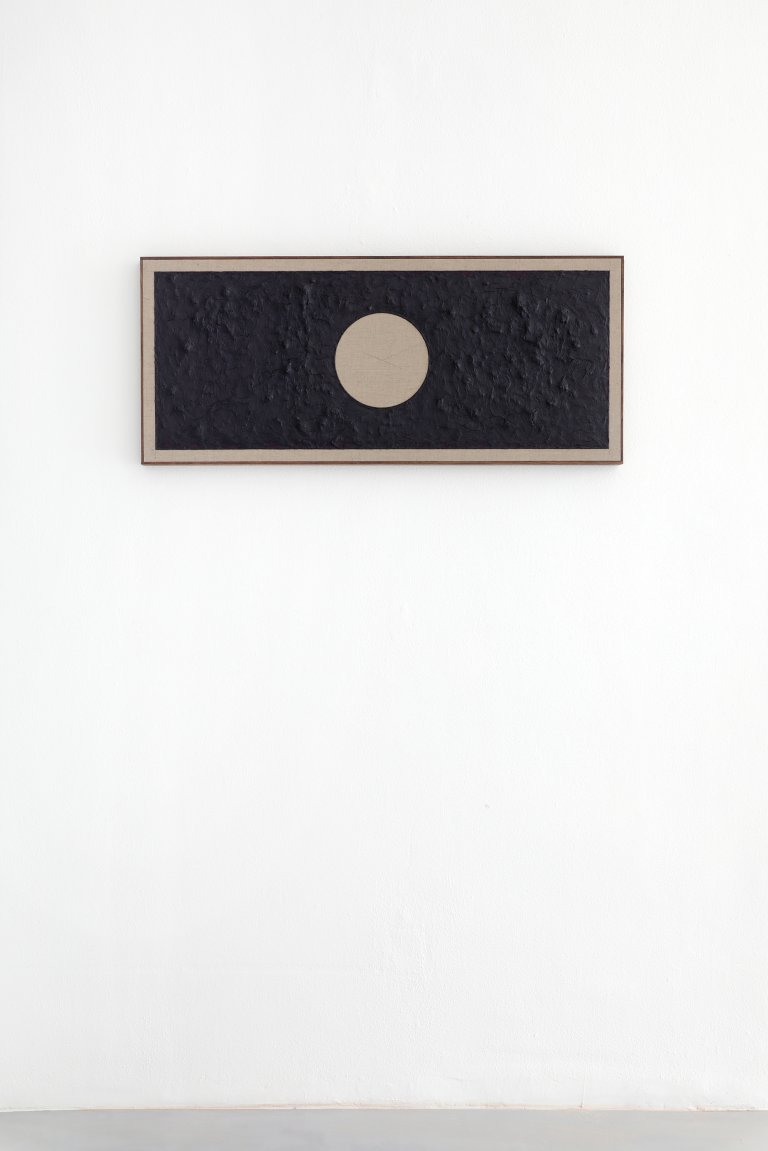
Paul Fägerskiöld, Untitled, 2019, oil on linen with walnut frame, 44.5 x 104 x 4 cm
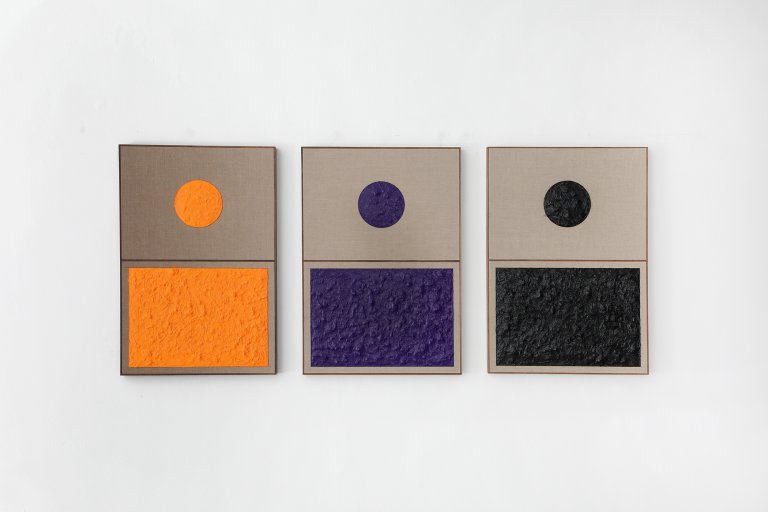
Installation view
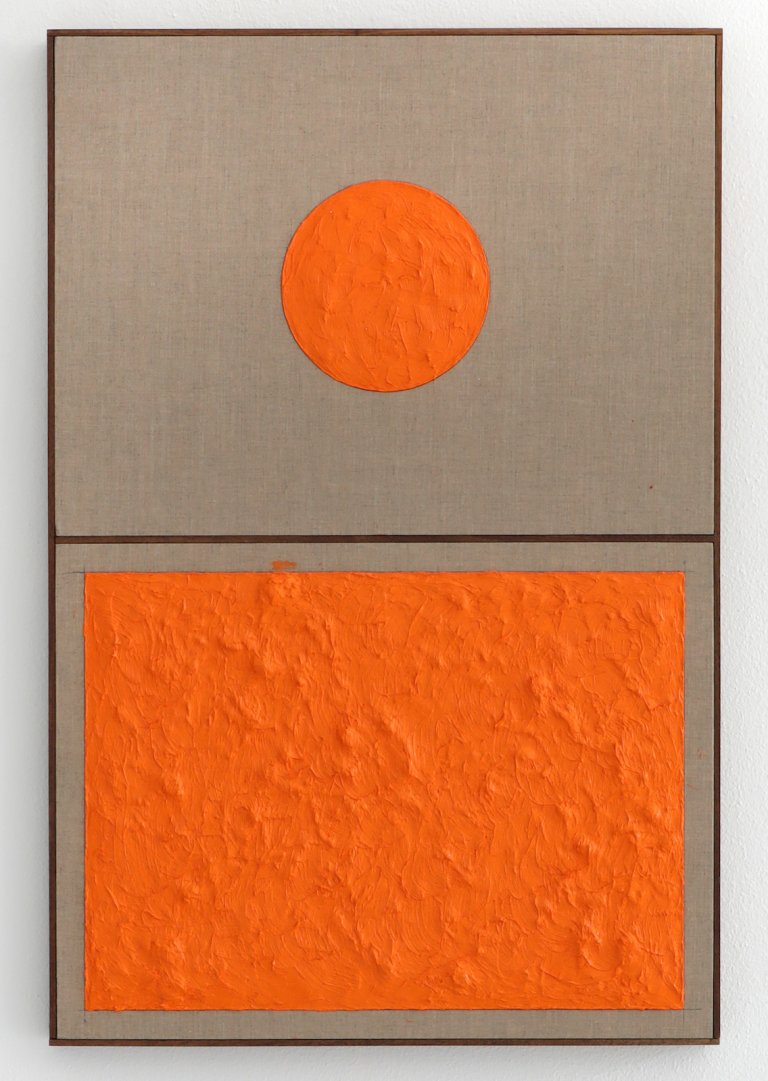
Paul Fägerskiöld, Untitled, 2019 -2020, oil on canvas with walnut frame, 88 × 61 × 4 cm
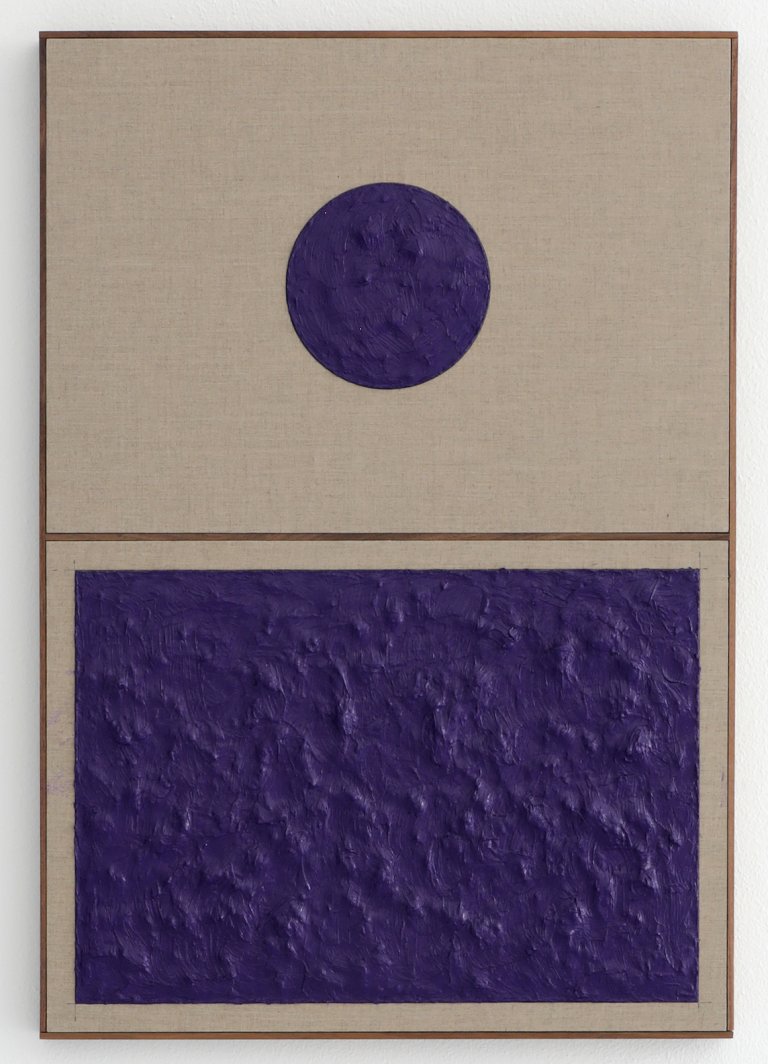
Paul Fägerskiöld, Untitled , 2019 -2020, oil on canvas with walnut frame, 88 × 61 × 4 cm
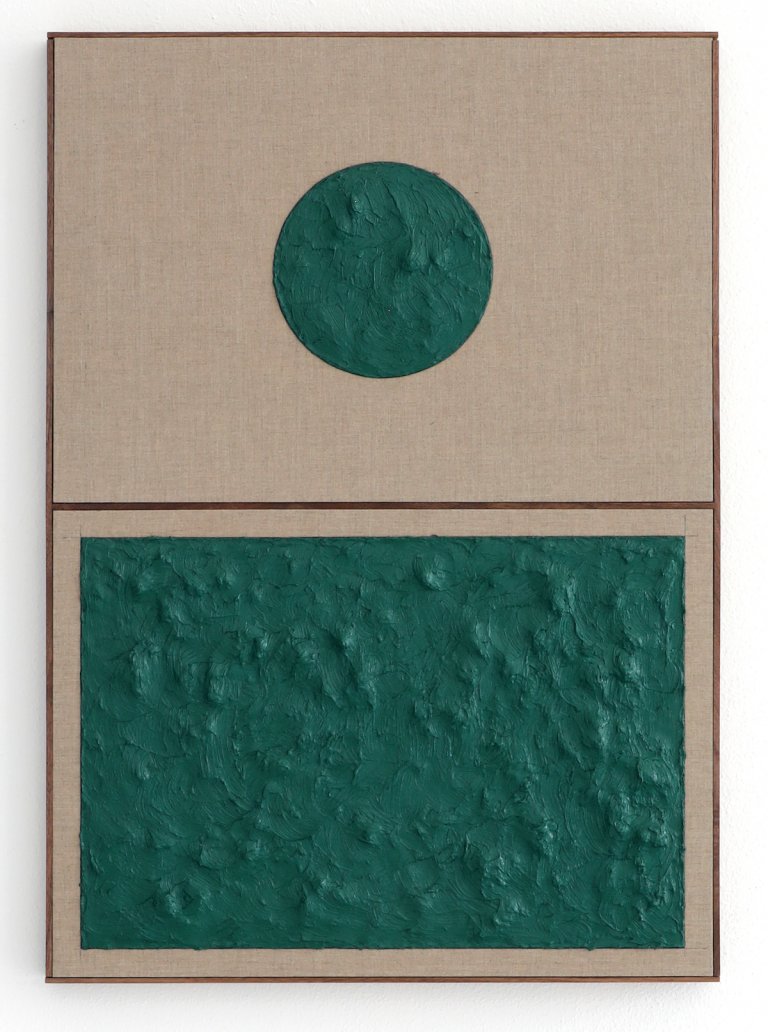
Paul Fägerskiöld, Untitled , 2019 -2020, oil on canvas with walnut frame, 88 × 61 × 4 cm
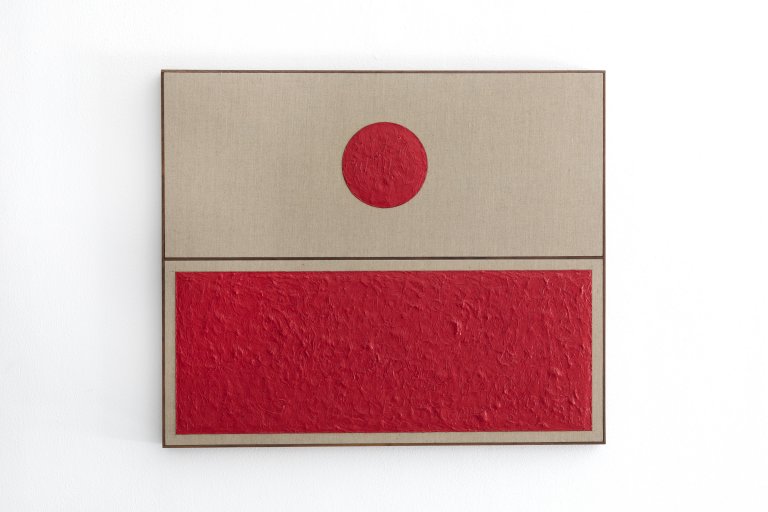
Paul Fägerskiöld, Untitled, 2019 - 2020, oil on linen with walnut frame, 88 x 104 x 4 cm
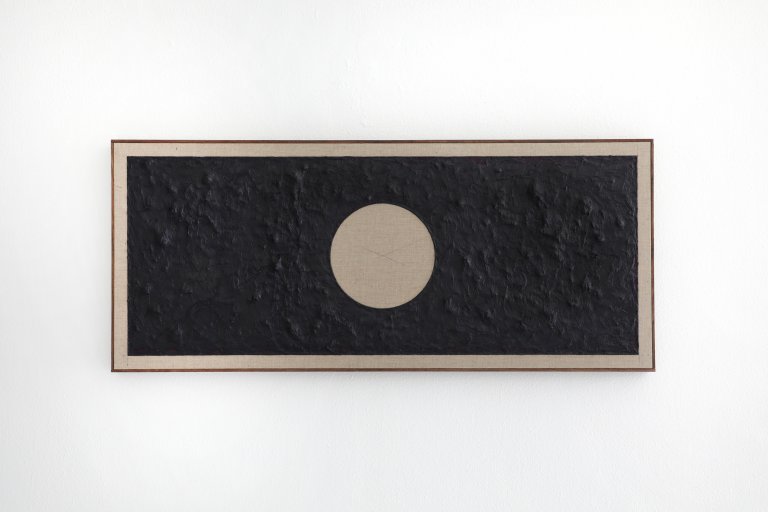
Paul Fägerskiöld, Untitled, 2019, oil on linen with walnut frame, 44.5 x 104 x 4 cm